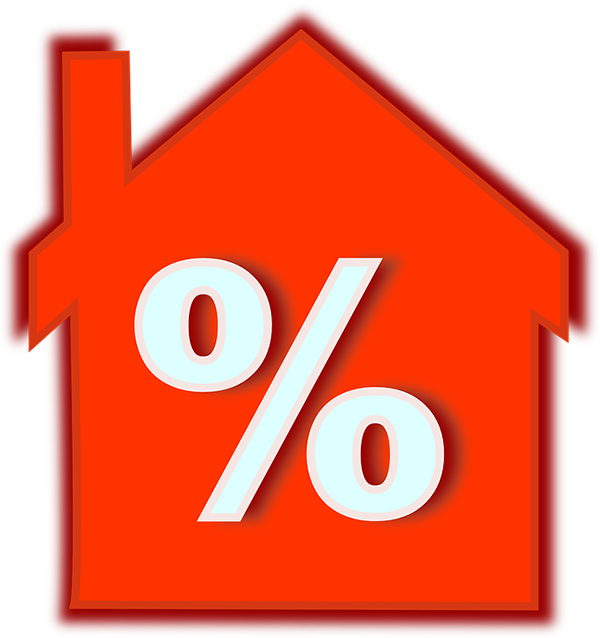Following the election of Donald Trump last Tuesday, expectations for growth and inflation have risen, driven by promises of tax cuts and infrastructure spending. In return, mortgage rates have surged by about 0.25% since the election, according to Bankrate. When taken in context with recent moves in the capital markets and the expectations of a December Fed rate increase, it could easily be concluded that the proverbial switch has been flipped and that the mortgage market has just begun to break out of a prolonged period of low rates.
Not so fast. Despite rate movements over the past week, the historical divergence between short- and long-term mortgage rate trends makes forecasting future rate moves very tricky. Though it may be a relatively safe bet to assume that rates will tick upward in the coming years, any moves made on the assumption that they will skyrocket might be misguided.
Anyone making a decision regarding undertaking or refinancing a mortgage should consider multiple factors, with a much greater focus on their personal financial situation than future rate expectations. One of the most important points in deciding whether to refinance is the added expense of closing costs. If you are looking to refinance to secure a marginal reduction in your mortgage rate while you still can, the expense of associated closing costs, which typically range from 1 percent to as high as 4 percent of the value of the home, may reduce or eliminate any financial benefit. In order to account for and minimize these risks, shop around for the most favorable rates and fees and take advantage of online refinancing calculators to quantify how much you would actually save.
Bottom line: While the recent bump in mortgage rates is certainly noteworthy, it may not change much for the long-term path of rates and is far from the only thing that should be considered when choosing whether or not to refinance.
